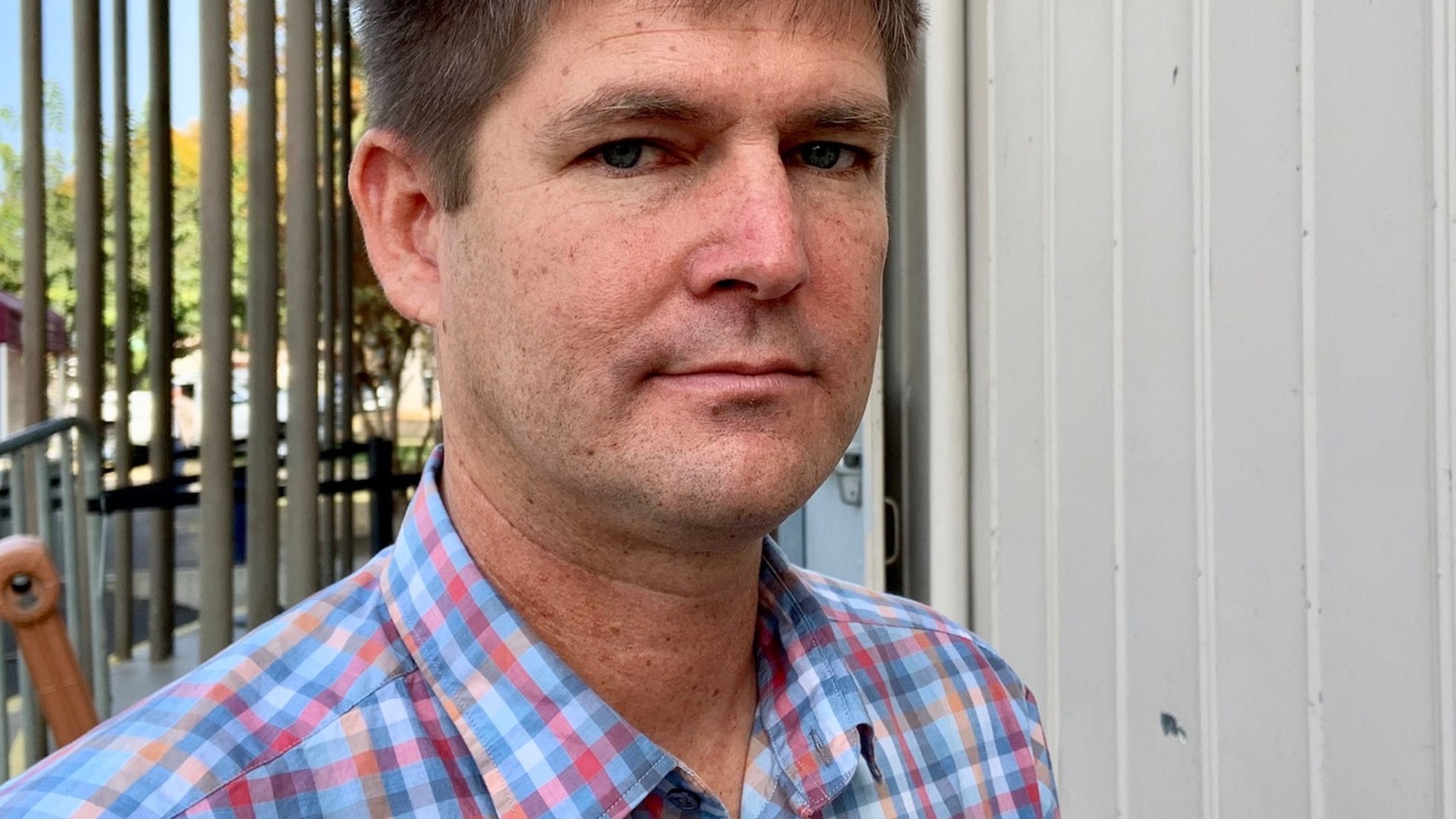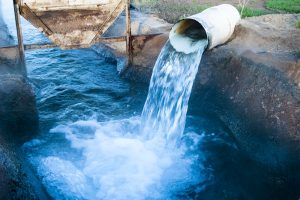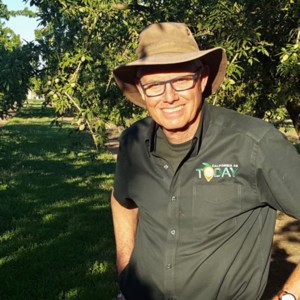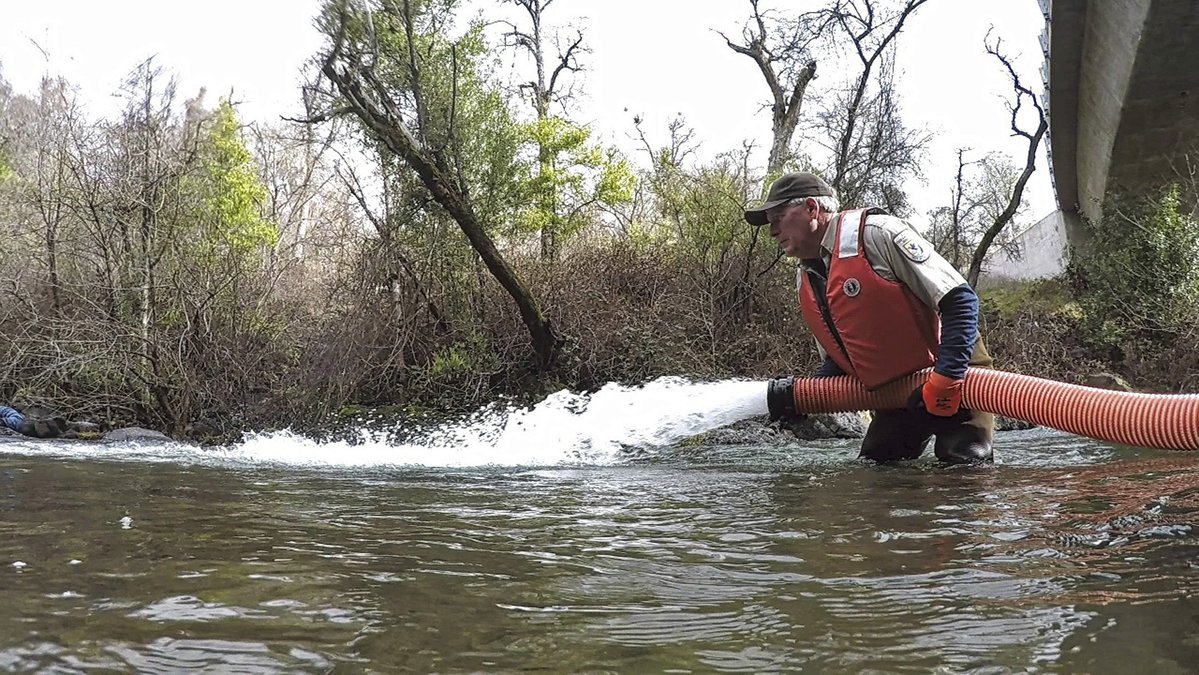State’s water grab forced our hand; Merced’s lawsuit justified and necessary
BY THE MERCED SUN-STAR EDITORIAL BOARD
January 11, 2019
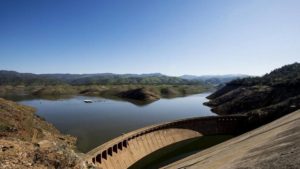 The State Water Resources Control Board proved back on Dec. 12 that it wasn’t listening to a single thing anyone from our region was saying. By voting to impose draconian and scientifically unjustifiable water restrictions on our region, four of the five board members tuned out dozens of scientists, water professionals and people who live near the rivers.
The State Water Resources Control Board proved back on Dec. 12 that it wasn’t listening to a single thing anyone from our region was saying. By voting to impose draconian and scientifically unjustifiable water restrictions on our region, four of the five board members tuned out dozens of scientists, water professionals and people who live near the rivers.
If the water board won’t listen to us, maybe judges will.
Merced Irrigation District was the first of six Northern California water agencies demanding to be heard in court, filing its lawsuit in December. Now there are two more challenging the water board’s indefensible vote to adopt Phase I of the Bay-Delta Water Quality Plan.
Within the Bay-Delta plan is a regulatory mechanism called the Substitute Environmental Document, based on studies done in the 1980s, ’90s and a few in early 2000s. Those outdated studies say only vastly higher flows – double current flows – from the Merced, Tuolumne and Stanislaus rivers are necessary to save salmon and the Sacramento-San Joaquin Delta.
In hearings stretching over five years, scientists based on our rivers presented the water board with facts, figures and up-to-date studies that better documented the needs of salmon. Those studies proved flows alone won’t help; riverbed restoration and expanded floodplains are more crucial. Others studies showed fewer than 3-in-100 salmon exiting our rivers survive their journey through debauched Delta, with its armored channels, non-native predators and fish-killing pumps.
It was easy to tear apart the state’s phony figures on the economic consequences to our region. At one point, the state insisted that fallowing thousands of acres would result in more farm income, not less. That statement was eventually discarded, but the state continued to lowball losses, putting them around $50 million for three counties even as impartial studies showed it would be $230 million a year in Merced County alone.
Similar consequences will be felt in Stanislaus and San Joaquin counties, and in the Bay Area, which shares the Tuolumne River with Turlock and Modesto irrigation districts. The San Francisco Public Utilities Commission – which joined a lawsuit filed in Tuolumne Superior Court – estimated annual losses in the billions.
Each of the water districts is “owned” by or represents the public. By penalizing the districts, the state is not attacking “big ag” – as some environmental groups insist – but instead it is waging war, via regulatory fiat, on its own citizens. Us.
The people of this region have invested the equivalent of billions of dollars in dams, canals, power plants and infrastructure enabling farmers and residents to put some of the water from the rivers to maximum beneficial use – all with the state’s enthusiastic approval. That infrastructure also protects residents far beyond our region from massive floods.
In approving Phase I, the water board ignored a “voluntary settlement” reached on the Tuolumne River. The districts agreed to release an additional 35 billion gallons of water, spend nearly $40 million for river restoration and create vast new floodplains. Negotiations on the Merced and Stanislaus had stalled, but the districts signaled they would accept similar deals.
Those signals were ignored by a board willingly held captive by powerful environmental groups. Our region had no other option but to make our cases in court.
Regardless, efforts to improve conditions for salmon must continue. It is the best way to prove the state water board’s decision was capricious, unnecessary and wrong. That we are better stewards of our rivers, caring more about the survival of salmon and the well-being of those who live alongside them.

